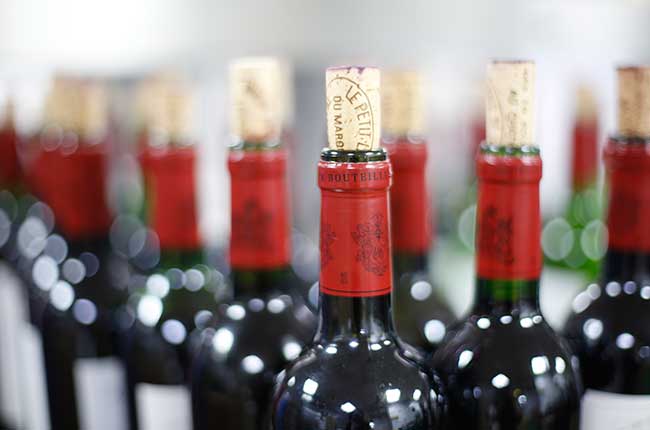Jane Anson, Decanter's Bordeaux en primeur taster, talks about the characteristics she is looking for in a young, red wine barrel sample.
Five things to remember when tasting a Bordeaux en primeur wine:
-
It’s an imprecise science. The wine won’t be bottled for another 18 months and there is plenty of scope for change.
-
That’s why you’re not looking at whether the wine is enjoyable; what you’re looking for is the different elements that will help the wine to age.
-
Think about the tannins in the wine, which means the structure of the wine.
-
Think about the level of acidity. Is it too acidic or is there not enough? You need some of that freshness for the wine to age.
-
Think about the fruit. Not just how much, but what type of fruit is there. If there are slightly green flavours, then this could suggest underripe fruit. Fig and prune flavours can mean that the fruit is slightly overripe. Or the fruit could be fresh, crunchy and juicy, which would be the sweet spot for the barrel sample to achieve.
Anson adds, ‘I tend to think of an en primeur wine in quite an architectural way: it’s about the length, width and depth and how integrated all of those things are together.’
See Jane Anson’s first Bordeaux 2016 en primeur ratings on Decanter.com
See also:

Anson: What to look for in Bordeaux 2016
The key wine trends ahead of en primeur...

Bordeaux 2016 en primeur: Rush to taste despite global uncertainty
What's happening on the ground in Bordeaux...

Bordeaux 2016 Right Bank: Anson’s first impression
Read Jane Anson's early thoughts on the barrel samples...

Bordeaux 2016 in Médoc: Anson’s first impression
Read Jane Anson's early thoughts on the barrel samples...

Sauternes 2016 first impression: ‘Names count’ in a mixed vintage
Jane Anson gives her early view...
























